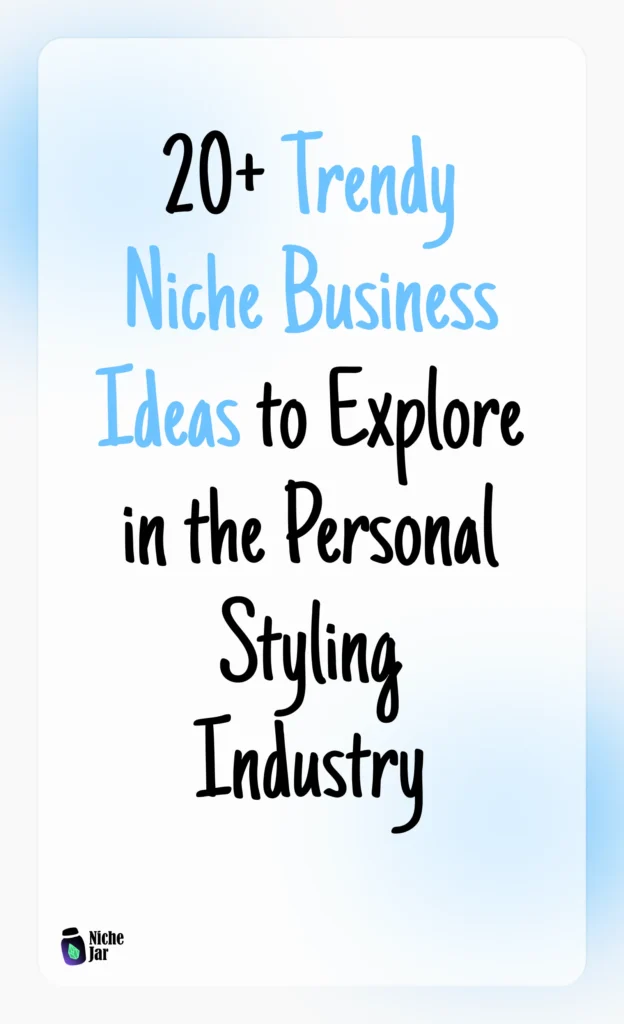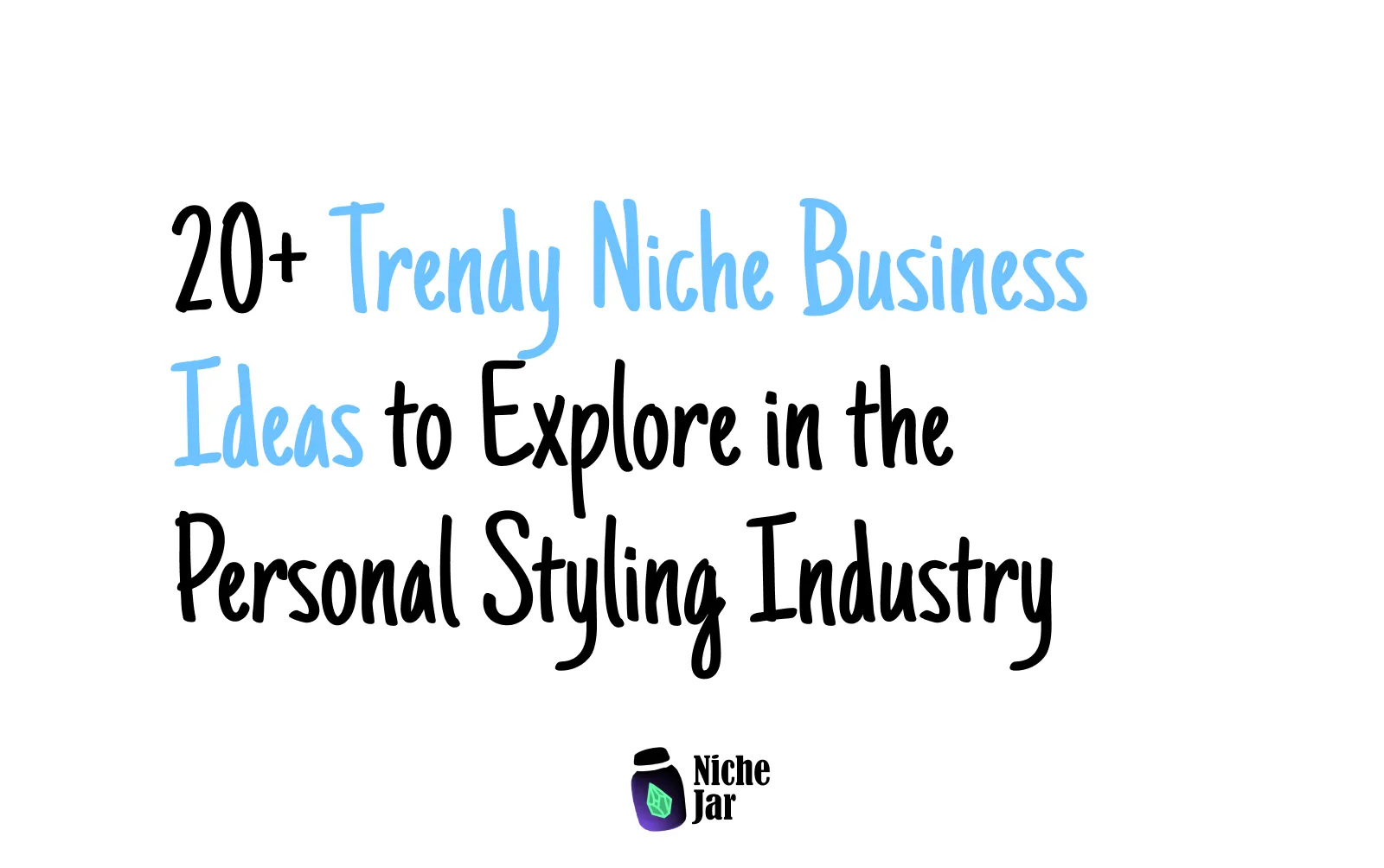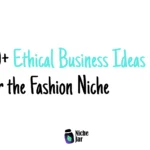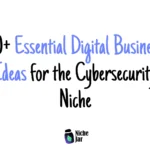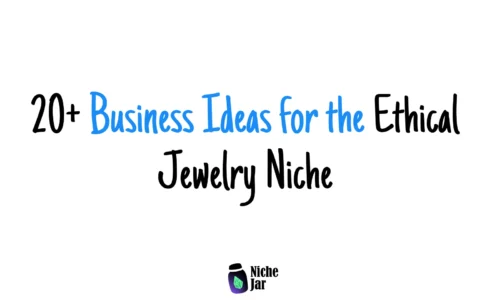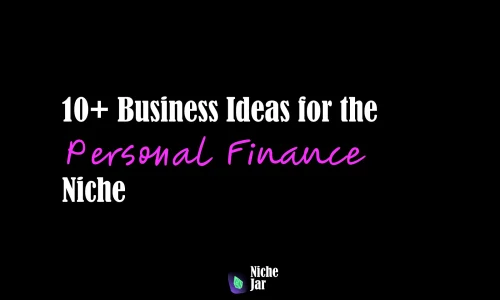- Senia
- 0 Comments
- 599 Views
Have you ever wondered how everyday people are turning their love for fashion into profitable businesses? Exploring niche business ideas in the personal styling industry can open doors to creative, low-cost, and practical ways of making money. From virtual styling sessions to thrifted fashion curation, there are plenty of paths worth considering if you want to carve your own space in this growing industry.
The personal styling industry is no longer just about luxury or celebrities—it has become accessible to everyday people who want to express themselves, feel confident, and save time choosing what to wear. From what I’ve seen, this shift has created countless opportunities for small business owners, freelancers, and side hustlers. People are now seeking personal stylists online, shopping second-hand with expert guidance, and even paying for digital tools that simplify their wardrobe choices.
If you’ve ever felt drawn to fashion or simply enjoy helping others look their best, exploring profitable niche business ideas in personal styling could be a rewarding step. You don’t need a huge budget to start. Many businesses can be launched with little more than a good eye for style, social media presence, and consistent effort.
This article explores 20+ trendy personal styling niches, with practical tips, startup cost estimates, and humble insights into what it takes to succeed. You’ll find step-by-step guides, monetization ideas, challenges to watch out for, and solutions to overcome them. Along the way, I’ll also share relatable examples and realistic success stories to keep things grounded.
Each idea comes with insights, guides, and ways you can make money. Let’s dive in.
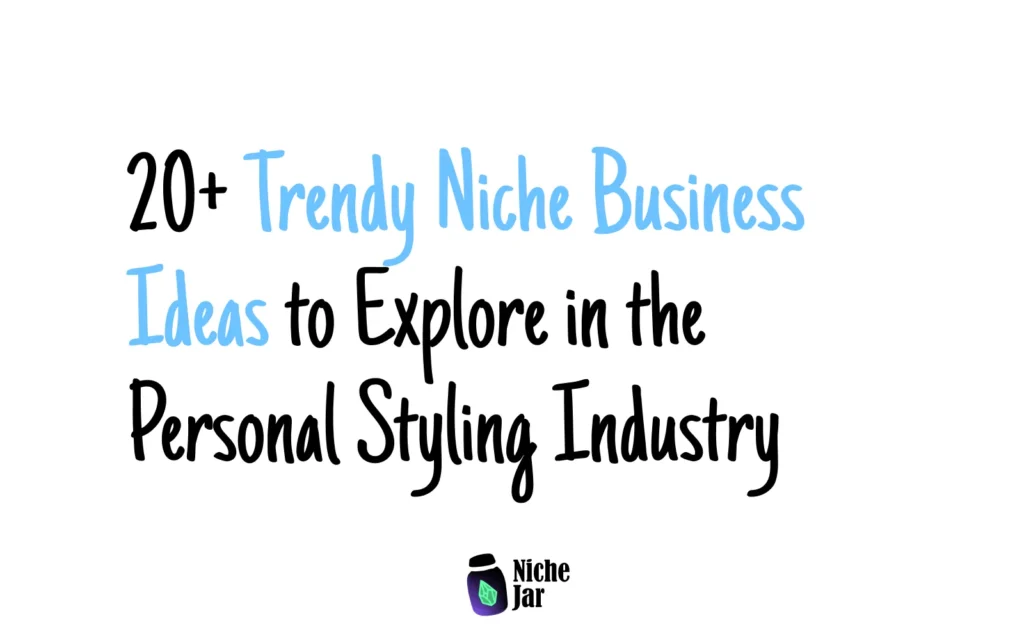
1. Virtual Styling Services
What it is: Offering online styling consultations through video calls, chat apps, or personalized style guides.
Why it works: Many clients prefer the convenience of digital styling without meeting in person. It’s cost-effective and scalable.
Step-by-Step Guide:
- Choose a niche (e.g., office wear, casual chic).
- Build a simple website or use platforms like Zoom or Calendly for bookings.
- Create tiered packages (e.g., one-time session, monthly subscription).
- Market on Instagram, TikTok, and Pinterest.
Challenges & Solutions:
- Challenge: Building trust online.
- Solution: Share before-and-after styling examples or free mini-sessions.
Startup Costs: $100–$500 (website, scheduling tools, basic marketing).
Monetization: Session fees, packages, affiliate links to clothing retailers.
Case Example: A stylist on Instagram built a following by posting daily outfit tips, later monetizing through $50 Zoom sessions.

2. Capsule Wardrobe Consulting
What it is: Helping clients create minimal wardrobes with versatile pieces.
Why it works: Many people want to save time, reduce decision fatigue, and embrace sustainable fashion.
Step-by-Step Guide:
- Study capsule wardrobe principles (e.g., 30 versatile pieces).
- Offer packages like “Wardrobe Reset in 30 Days.”
- Provide lookbooks using Canva or Notion.
Challenges & Solutions:
- Challenge: Convincing clients to part with excess clothes.
- Solution: Use visuals showing how fewer items create more outfits.
Startup Costs: $200–$400.
Monetization: Consulting fees, affiliate income from capsule-friendly brands.
Case Example: A blogger grew a six-month capsule wardrobe program that attracted eco-conscious professionals.
3. Personal Styling for Busy Professionals
What it is: Curating wardrobes for executives and professionals short on time.
Why it works: Professionals often value convenience and presentation, making them willing to pay premium prices.
Step-by-Step Guide:
- Focus on workwear, business casual, and formal wear.
- Offer subscription services with seasonal updates.
- Partner with local dry cleaners or tailors.
Challenges & Solutions:
- Challenge: Scheduling with busy clients.
- Solution: Create digital lookbooks and pre-selected shopping lists.
Startup Costs: $500–$1,000.
Monetization: Premium consulting packages, ongoing wardrobe management.
Case Example: A part-time stylist built a recurring income stream by working with just 10 local business clients.

4. Thrift & Vintage Curation
What it is: Curating and styling second-hand or vintage clothing for resale.
Why it works: The resale fashion market is booming, and many customers want unique, affordable, and eco-friendly pieces.
Step-by-Step Guide:
- Source items from thrift shops, flea markets, or estate sales.
- Curate collections by style (e.g., 90s streetwear, retro boho).
- Sell via Instagram, Depop, or your own Shopify store.
- Offer styling advice alongside product listings.
Challenges & Solutions:
- Challenge: Inventory management.
- Solution: Start small with 20–30 curated items.
Startup Costs: $200–$800 (inventory + basic branding).
Monetization: Resale profits, styling services, affiliate partnerships.
Case Example: A college student sold thrifted finds on Depop and grew a loyal following by styling outfits on herself.
5. Plus-Size Styling Niche
What it is: Styling services specifically for plus-size clients.
Why it works: The plus-size market is often underserved, but demand for stylish, flattering clothing is strong.
Step-by-Step Guide:
- Research inclusive brands and retailers.
- Create body-positive style guides.
- Build a presence on social platforms that celebrate inclusivity.
Challenges & Solutions:
- Challenge: Limited options from mainstream brands.
- Solution: Partner with niche plus-size clothing labels.
Startup Costs: $300–$700.
Monetization: Styling sessions, affiliate sales from inclusive brands, workshops.
Case Example: A stylist on TikTok gained recognition by posting “size-inclusive outfit hacks,” leading to brand collaborations.
6. Sustainable Fashion Styling
What it is: Helping clients build eco-conscious wardrobes.
Why it works: Growing awareness of fast fashion’s impact is fueling demand for sustainability.
Step-by-Step Guide:
- Research sustainable brands and fabrics.
- Offer wardrobe swaps and eco-shopping guides.
- Host workshops on sustainable fashion choices.
Challenges & Solutions:
- Challenge: Higher clothing prices.
- Solution: Teach clients how to mix sustainable basics with existing pieces.
Startup Costs: $400–$1,000.
Monetization: Consulting, affiliate sales from sustainable brands, eco workshops.
Case Example: A blogger created a “30-day eco-closet challenge” that attracted eco-conscious professionals.
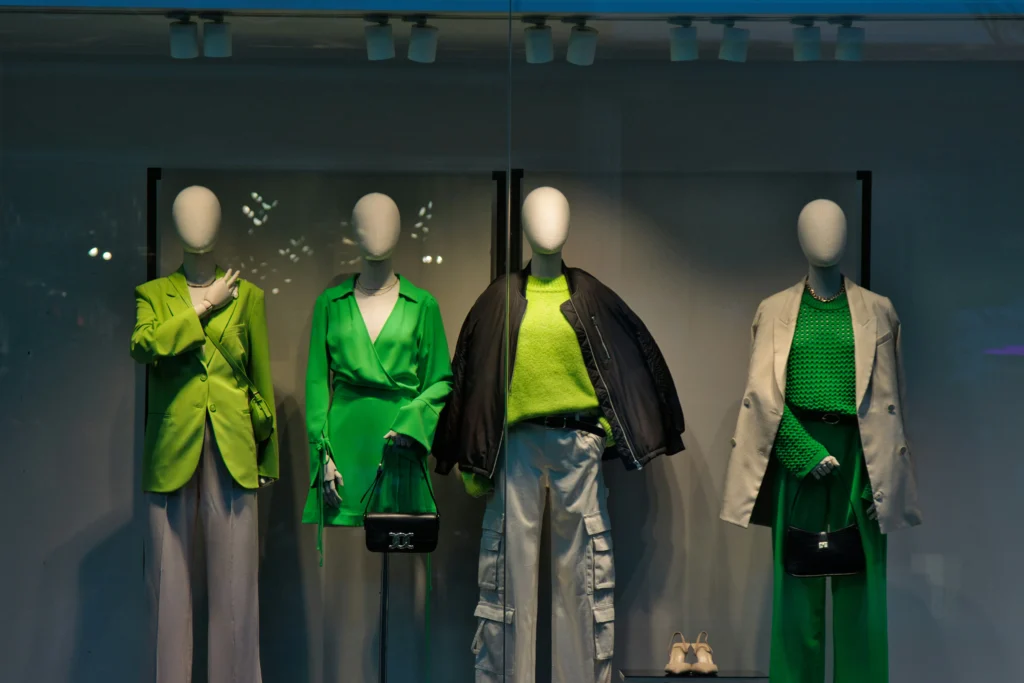
7. Wedding & Event Styling
What it is: Styling clients for weddings, parties, and milestone events.
Why it works: People are willing to invest in looking their best for once-in-a-lifetime occasions.
Step-by-Step Guide:
- Offer bridal party packages.
- Partner with event planners or photographers.
- Create a portfolio of styled events.
Challenges & Solutions:
- Challenge: High expectations from clients.
- Solution: Offer mock styling sessions before the event.
Startup Costs: $800–$1,500.
Monetization: Styling fees, partnerships with vendors, add-on packages.
Case Example: A stylist earned steady income by specializing in small destination weddings.
8. Subscription Styling Boxes
What it is: Delivering curated outfits or accessories to subscribers.
Why it works: Subscription models bring recurring revenue and surprise-value for clients.
Step-by-Step Guide:
- Choose a niche (e.g., office wear, accessories only).
- Partner with wholesalers or local designers.
- Offer flexible subscription tiers.
Challenges & Solutions:
- Challenge: Managing inventory and returns.
- Solution: Start small with accessories before expanding.
Startup Costs: $1,000–$3,000.
Monetization: Subscription fees, affiliate links.
Case Example: A local stylist launched a “monthly accessory box” with scarves and jewelry, gaining 100 subscribers in year one.
9. Wardrobe Detox & Closet Organization
What it is: Helping clients declutter, organize, and refresh their wardrobes.
Why it works: Many people feel overwhelmed by their closets but don’t know where to start.
Step-by-Step Guide:
- Offer home visits or virtual closet reviews.
- Provide donation and resale options.
- Create personalized outfit guides from existing clothes.
Challenges & Solutions:
- Challenge: Emotional attachment to clothes.
- Solution: Use a “keep, donate, resell” system.
Startup Costs: $200–$500.
Monetization: Session fees, resale commission, closet makeovers.
Case Example: A stylist earned steady income offering “$150 wardrobe detox” packages.
10. Styling for Men
What it is: Personal styling tailored to men’s needs.
Why it works: Men’s fashion is a growing segment, with many professionals seeking guidance.
Step-by-Step Guide:
- Focus on workwear, casual chic, or fitness-inspired looks.
- Build an Instagram presence with male-focused styling tips.
- Offer starter packages (e.g., 10 versatile pieces).
Challenges & Solutions:
- Challenge: Overcoming the perception that styling is only for women.
- Solution: Market it as practical, confidence-boosting, and time-saving.
Startup Costs: $400–$800.
Monetization: Consulting, affiliate sales, wardrobe packages.
Case Example: A part-time stylist grew a client base by offering “10-piece starter wardrobe” consultations for men.

11. Styling for Teens & Students
What it is: Affordable styling services for younger audiences.
Why it works: Teens and students want to look good on a budget, especially for social events.
Step-by-Step Guide:
- Focus on budget-friendly brands.
- Offer group workshops or style parties.
- Leverage TikTok and Instagram Reels for reach.
Challenges & Solutions:
- Challenge: Limited budgets.
- Solution: Use thrift stores and affordable online shops.
Startup Costs: $150–$400.
Monetization: Session fees, group workshops, affiliate links.
Case Example: A student stylist built a small business helping classmates create prom and graduation looks.
12. Color Analysis Services
What it is: Helping clients discover their best colors for clothing and accessories.
Why it works: Many people want a personalized approach to looking their best.
Step-by-Step Guide:
- Learn about seasonal color theory.
- Invest in swatch kits or digital tools.
- Offer in-person or virtual consultations.
Challenges & Solutions:
- Challenge: Gaining credibility.
- Solution: Share free color-matching tips online to build trust.
Startup Costs: $300–$700.
Monetization: Consulting sessions, digital color guides, affiliate links.
Case Example: A stylist grew an online following with “seasonal color tips” and later monetized through paid consultations.
13. Maternity & Postpartum Styling
What it is: Styling for expectant and new mothers.
Why it works: Comfort and confidence are key during this stage, and demand is steady.
Step-by-Step Guide:
- Partner with maternity brands.
- Offer package deals covering pregnancy and postpartum phases.
- Focus on versatile, comfortable pieces.
Challenges & Solutions:
- Challenge: Rapid body changes.
- Solution: Emphasize flexible, adjustable wardrobe staples.
Startup Costs: $300–$600.
Monetization: Styling packages, affiliate sales, workshops.
Case Example: A stylist built recurring income by offering 3-phase maternity style packages.

14. Travel-Friendly Wardrobe Planning
What it is: Helping clients pack versatile wardrobes for trips.
Why it works: Frequent travelers want to look good with minimal luggage.
Step-by-Step Guide:
- Offer pre-trip wardrobe consultations.
- Create digital lookbooks for packing lists.
- Partner with travel agencies or bloggers.
Challenges & Solutions:
- Challenge: Customizing for diverse destinations.
- Solution: Offer tiered packages for short trips, business travel, or long vacations.
Startup Costs: $200–$400.
Monetization: Consultation fees, affiliate links for travel accessories.
Case Example: A stylist gained repeat clients by offering “carry-on only” wardrobe planning.
15. Rental Wardrobe Styling
What it is: Curating wardrobes from rental platforms for clients.
Why it works: Renting is popular for events and eco-conscious fashion lovers.
Step-by-Step Guide:
- Partner with clothing rental services.
- Offer curated rental collections.
- Add personalized style guides.
Challenges & Solutions:
- Challenge: Limited rental availability.
- Solution: Work with multiple platforms to diversify.
Startup Costs: $150–$500.
Monetization: Styling fees, commission from rentals.
Case Example: A stylist built a niche around “gala event rentals” for young professionals.
16. Styling for Entrepreneurs & Speakers
What it is: Styling business leaders for public appearances.
Why it works: First impressions matter in business and public speaking.
Step-by-Step Guide:
- Focus on confidence-boosting professional looks.
- Build case studies with before-and-after transformations.
- Partner with business coaches.
Challenges & Solutions:
- Challenge: Convincing professionals to invest.
- Solution: Highlight impact on branding and presence.
Startup Costs: $400–$900.
Monetization: Premium packages, ongoing wardrobe management.
Case Example: A stylist specialized in “speaker wardrobes” and became the go-to for local entrepreneurs.

17. Body-Positive Styling Workshops
What it is: Hosting group workshops that encourage confidence and body positivity.
Why it works: People value supportive spaces that promote self-acceptance.
Step-by-Step Guide:
- Rent small venues or host online webinars.
- Focus on style confidence, not just fashion.
- Collaborate with therapists or wellness coaches.
Challenges & Solutions:
- Challenge: Marketing workshops.
- Solution: Use local community centers and social media ads.
Startup Costs: $300–$700.
Monetization: Ticket sales, sponsorships, partnerships.
Case Example: A stylist grew her reach by offering monthly “confidence styling circles” for women.
18. Second-Hand Resale Styling Business
What it is: Helping clients sell unwanted clothes while styling them with remaining pieces.
Why it works: Combines decluttering with profit, appealing to budget-conscious clients.
Step-by-Step Guide:
- Host closet cleanouts.
- Resell items via eBay, Poshmark, or Vinted.
- Take a commission on sales.
Challenges & Solutions:
- Challenge: Pricing items correctly.
- Solution: Research resale platforms for average selling prices.
Startup Costs: $100–$400.
Monetization: Commissions, resale profit splits, styling services.
Case Example: A stylist earned consistent income reselling gently used fashion for clients.
19. Digital Styling Courses & Ebooks
What it is: Creating online resources to teach personal styling.
Why it works: Digital products scale easily and generate passive income.
Step-by-Step Guide:
- Outline lessons or write a guide (e.g., “How to Build a Capsule Wardrobe”).
- Use Teachable, Gumroad, or Etsy to sell.
- Market through social media and blogs.
Challenges & Solutions:
- Challenge: Standing out in a crowded market.
- Solution: Focus on a narrow niche (e.g., styling for petite women).
Startup Costs: $200–$700.
Monetization: Course sales, ebooks, upselling coaching.
Case Example: A stylist launched a $49 “Workwear Wardrobe Guide” ebook that sold 200 copies in the first month.

20. Influencer Styling & Brand Collaborations
What it is: Working with influencers to create signature looks.
Why it works: Influencers often need consistent, on-brand styling.
Step-by-Step Guide:
- Reach out to micro-influencers first.
- Offer affordable styling packages for brand shoots.
- Collaborate with brands for sponsorships.
Challenges & Solutions:
- Challenge: Getting your first client.
- Solution: Offer a free test session in exchange for exposure.
Startup Costs: $300–$800.
Monetization: Styling fees, brand partnerships, affiliate links.
Case Example: A stylist gained steady income by styling local influencers for sponsored content.
21. Styling Accessories & Add-On Services
What it is: Specializing in styling accessories like jewelry, scarves, or handbags.
Why it works: Accessories transform outfits with minimal cost, appealing to budget clients.
Step-by-Step Guide:
- Curate accessory collections.
- Offer styling guides on accessorizing basics.
- Partner with local jewelers or artisans.
Challenges & Solutions:
- Challenge: Smaller profit margins.
- Solution: Offer bundles and affiliate promotions.
Startup Costs: $200–$500.
Monetization: Sales commissions, workshops, affiliate links.
Case Example: A stylist built a niche on Instagram teaching “3 ways to style a scarf,” leading to affiliate income.
22. AI-Powered Virtual Try-On Services
What it is: Using AI tools to let clients virtually try on outfits.
Why it works: Technology is transforming how people shop and experiment with fashion.
Step-by-Step Guide:
- Explore AI platforms (e.g., Zeekit, Fashwell).
- Offer virtual try-on consultations.
- Create subscription-based styling using AI previews.
Challenges & Solutions:
- Challenge: Technical setup.
- Solution: Start with free or low-cost AI tools before upgrading.
Startup Costs: $500–$2,000 (depending on software).
Monetization: Subscription plans, affiliate partnerships, AI-assisted style packages.
Case Example: A small startup launched an AI-based “virtual wardrobe preview” that attracted 200 paying subscribers.
From what I’ve seen, the personal styling industry offers more opportunities today than ever before—not just for fashion experts, but also for everyday people who enjoy helping others feel confident in their clothes. Whether it’s virtual styling, capsule wardrobe consulting, or sustainable fashion guidance, each niche has its own path to profit and fulfillment.
Remember, every journey starts small. You don’t need to be perfect or have it all figured out from day one. Begin with a single service, test it, and grow as you learn. The most successful stylists often started humbly—sometimes with just a laptop, a few social media posts, and genuine passion.
If one of these ideas inspired you, consider taking the first step today. Explore more niche guides here on Nichejar.com, leave a comment with your thoughts, or share this with a friend who might find it helpful.
Perseverance, consistency, and patience will carry you forward.
TLDR
In short:
- Virtual Styling Services – Start with low-cost online consultations.
- Capsule Wardrobe Consulting – Help clients simplify their closets.
- Styling for Professionals – Offer premium convenience packages.
- Thrift & Vintage Curation – Build unique resale styling businesses.
- Plus-Size Styling – Serve an underserved but growing market.
- Sustainable Fashion Styling – Combine eco-consciousness with profit.
- Event & Wedding Styling – Specialize in memorable moments.
These are just a few of the 20+ profitable styling niches you can explore. Each idea has its own challenges, but with patience and effort, they can turn into sustainable businesses.
